What are Trailing and Static Drawdown?
Prop firms set daily and aggregate drawdown limits to protect capital and ensure responsible risk management. However, there are two main types of drawdown: static and trailing . Understanding them is critical to avoiding costly mistakes.
- Static Drawdown:
This is a fixed limit calculated on the initial balance of the account. It never changes, offering greater clarity and simplicity in risk management. Example: A 100,000 account with a maximum static drawdown of 5,000 will have a limit of 95,000, which does not change regardless of the profits made. - Trailing Drawdown:
It is dynamic and follows the account equity, continuously adjusting to the maximum balance reached. It is often used in prop firms to evaluate the trader’s ability to manage risk in real market conditions.
Trailing Drawdown Patterns: EOD vs Intraday
Trailing drawdown can be calculated in two main ways:
- Trailing Drawdown End of Day (EOD):
This approach updates the maximum stop level only at the end of the trading day. It is less stressful than intraday since the trader has all day to manage his trades. Example: If the maximum daily balance is 51,000 and the drawdown limit is 2,000, the new limit will be updated to 49,000 at the close of the market. - Trailing Drawdown Intraday:
A more challenging system where the drawdown level is continuously updated in real time, including unrealized profits. This increases the risk for traders, especially if they are trading with open positions that are back in the red. Example: With a 50,000 account and a drawdown limit of 2,000, the maximum balance of 51,500 would bring the limit to 49,500. If the balance drops to 49,400, the trader loses the challenge, even if they were initially within the 48,000 limit.
Static vs Trailing Drawdown: Which is Better?
Both systems have pros and cons:
- Static Drawdown:
- Fixed and predictable.
- Ideal for less experienced traders.
- It does not incentivize account growth.
- Trailing Drawdown:
- Encourages dynamic risk management.
- Closer to real market conditions.
- It requires more attention and strategy, especially in intraday mode.
Conclusion
Prop trading requires a deep understanding of drawdown rules to be successful. While static drawdown offers clarity and simplicity, trailing drawdown , while more challenging, rewards traders who are able to manage risk dynamically. Identifying which system best fits your trading style is essential to increasing your chances of success.
Do you want to unlock unlimited Prop Firms?
Find out how to unlock any account of any Prop Firms without taking any risk.
Free Access












